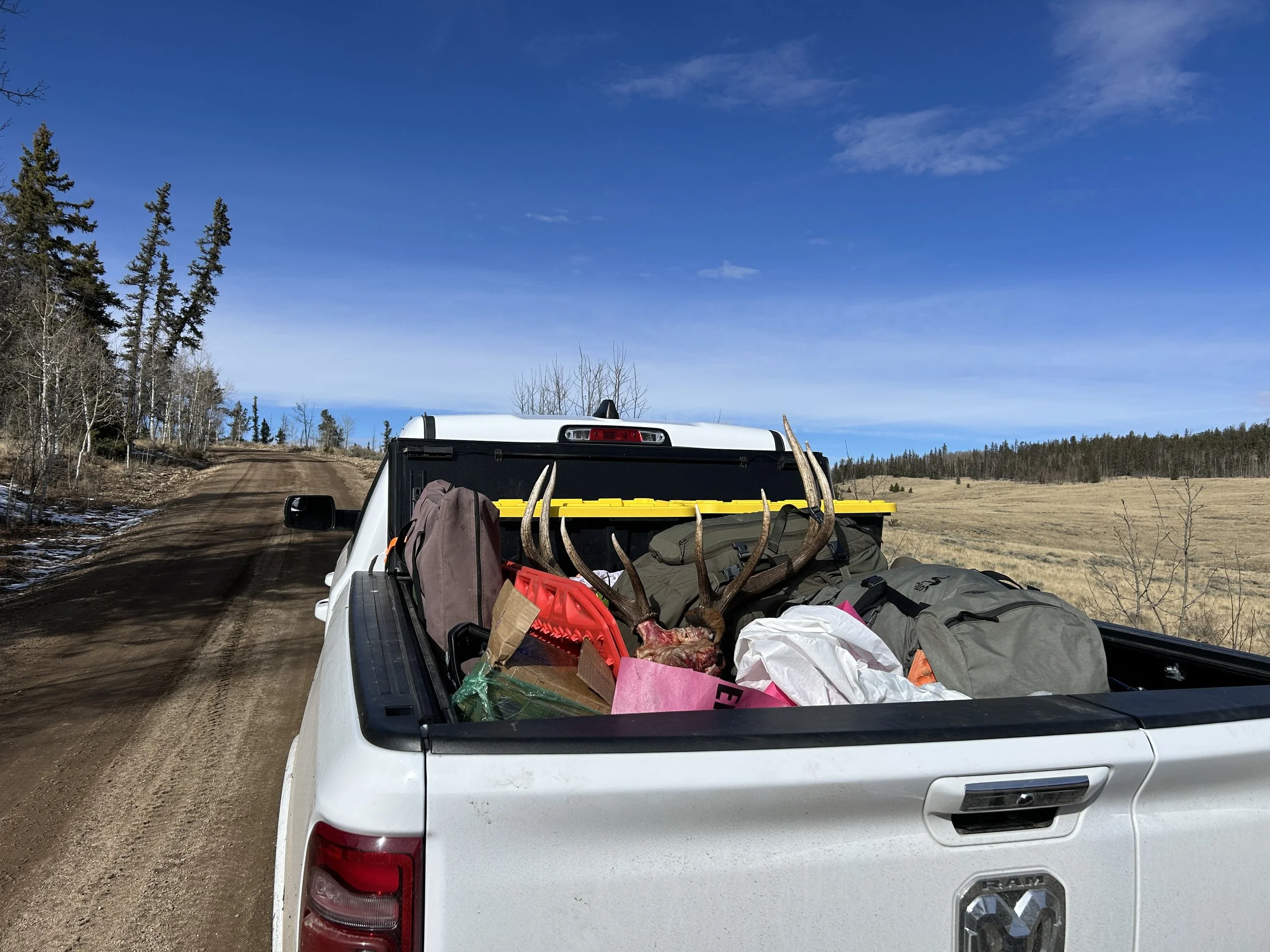Part 2: Hunt Planning Systems – Maximizing Opportunity Once You Have a Tag
In the western hunting world, drawing a tag is just the beginning. Once you've got that golden ticket in hand, the real work begins—and how you plan your hunt often determines your success far more than the gear you carry or the terrain you cover.
Too many hunters draw a good tag and then waste the opportunity with poor preparation. Weather, access issues, other hunters, and animal movement patterns can all throw a wrench in your plans if you're not ready. That’s why a Hunt Planning System is crucial. It transforms raw opportunity into a real chance at filling your tag.
There are many tools available today. I suggest trying them all since each has its strengths and weaknesses. You need to find the tools that work best for you.
Why Planning is Everything
You only get so many tags, so many falls, and so many chances to chase game in the backcountry. Whether you’re hunting solo or with buddies, you want to show up confident, informed, and ready to adapt. A systemized approach to planning ensures you’re not just wandering the woods—you’re hunting with intent.
Components of a Reliable Hunt Planning System
1. Map and Access Research
Use multiple tools—OnX, GOHUNT, Gaia GPS, state mapping services—to:
Identify public vs. private land
Mark trailheads, glassing spots, water sources, and terrain features
Understand seasonal road closures and access points
Save offline maps for backup (use multiple platforms if you can afford it—two is one and one is none)
Good digital mapping gives you more than boundaries—it gives you options when plans change mid-hunt.
2. E-Scouting and Animal Behavior Research
Study historical harvest reports, migration data, and satellite imagery to:
Pinpoint likely animal movement corridors and bedding zones
Understand pressure points and overlooked areas
Anticipate elevation and habitat use based on season and weather
Don’t just drop pins randomly. Build a narrative about how animals are likely to move through the unit during your season.
3. Timeline and Logistics Prep
Don’t underestimate the logistics. Build a detailed pre-hunt plan that includes:
Travel, arrival, and acclimation dates
Camp setup strategy and backup plans
Daily hunting plans (by zone or elevation band)
Emergency contacts, exit plans, and weather contingency ideas
Think of this like a field manual—organized, flexible, and ready to reference when fatigue sets in.
4. Plan A, B, C… and Maybe D
One unit. Multiple options. That’s how you beat pressure and changing conditions.
Plan A: Your ideal hunt—glass here, camp there, stalk this ridge.
Plan B: A different drainage or elevation if pressure is high.
Plan C: A backup unit or area with easier access or lower pressure.
The best hunters aren’t just stubborn—they’re adaptive. Backup plans keep you in the game.
5. Digital Binder or Dashboard
Centralize all your intel in one place:
PDFs of regs and maps
Pin drops and notes
Gear checklist and hunt timeline
Offline access to everything
Use tools like Google Drive, Evernote, or even a simple PDF file on your phone or GPS. The key is organization under stress.
The Bottom Line
When you show up in your unit with a solid plan, you're not guessing. You're acting. You've already studied the land, prepared for multiple scenarios, and freed up your brain to focus on the hunt, not the logistics.
A good hunt planning system isn’t about rigid rules—it’s about being prepared enough to pivot with confidence. It puts you in position to make the most of every day afield, no matter what nature throws your way.
Next up in this series:
Part 3: Gear Systems – Efficiency, Function, and Confidence in the Field. We’ll break down how to simplify your gear, avoid overpacking, and build loadouts that actually serve your hunt.


